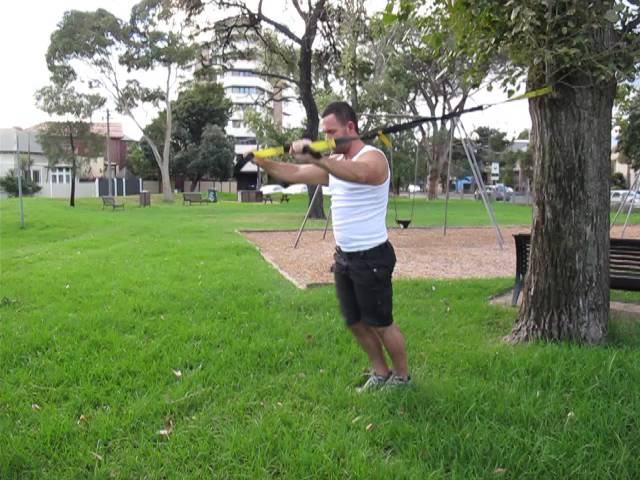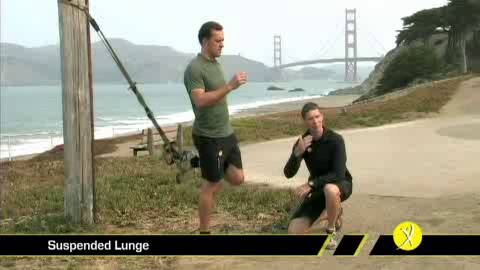Check out all of these variations on the TRX Lunge so you can get the most out of your TRX lower body workouts. Want to find the perfect lunge variations for your fitness level? Take our quick assessment quiz to get a customized leg workout plan. The TRX Lunge is a must for anyone who wants to improve his lower limb strength, endurance, balance and overall function. The movement is a great functional exercise that works the foot/ankle, knee and hip joints but also the associated muscles, ligaments and tendons.
While the typically prescribed gym-based lunge is performed anteriorly in the sagittal plane, there are a multitude of variations of the lunge that should be trained in addition to this.
Normal walking gait is one version of a lunge, and there are many other movements we perform in daily life that also replicate a lunging movement. Therefore, the TRX Lunge is one exercise that should be built into any workout program. While the primary movement observed in an anterior lunge is flexion/extension of the foot/ankle, knee and hip in the sagittal plane, each of these joints is capable and requires movement in the frontal and transverse planes. Often, I have observed in the clinical environment that a loss of movement or limitation of the joints to perform in these planes of movement will cause a predisposition for joint injuries. By varying the lunge to incorporate all planes of movement through bottom up drivers (the foot) and top down drivers (the trunk), you can greatly enhance function and reduce the likelihood of injury.
Sagittal Plane Lunges
Anterior Lunge with Sagittal Plane Focus* (above)
Anterior Lunge with Frontal Plane Focus (below)
Anterior Lunge with Transverse Plane Focus (below)
Frontal Plane Lunges
Lateral Lunge with Frontal Plane Focus (below)
Lateral Lunge with Sagittal Plane Focus (below)
Transverse Plane Lunge
Transverse Lunge with Same Side Rotation (below)
Using the TRX while performing lunges results in some unique benefits. Lunging around the fixed point with arms overhead creates core activation and causes thoracic extension. We end up decelerating this extension by activating the abdominal complex, which is an extremely functional pattern. Arm movement with the lunge also serves to promote shoulder mobility, so the TRX Lunge truly becomes a total body exercise, more so than traditional lunges.
These are just some of the many variations of lunges you can perform using the TRX. Try creating your own matrix of lunges... your legs and glutes will certainly thank you for it!
Heath Williams is an Osteopath with a special interest in exercise and rehabilitation. He is a current lecturer in Osteopathy at Victoria University and also works in private practice in Melbourne, Australia. Heath is also a regular contributor to numerous health and fitness publications worldwide.
*EDITOR'S NOTE: To anchor your TRX around a tree trunk, you'll need the TRX Xtender.


